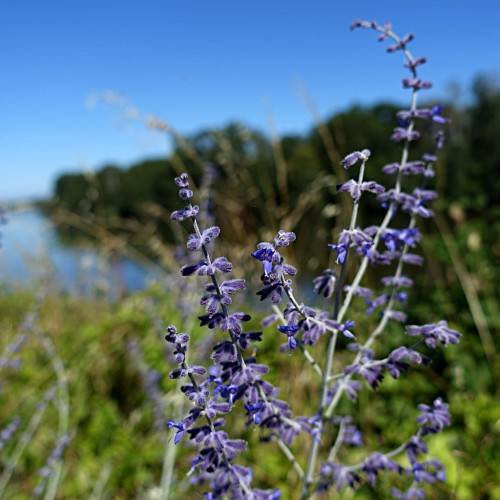
Russian sage
Perovskia atriplicifolia 'WALPPB' PEEK-A-BLUE
Cycle:
Perennial
Watering:
Minimum
Hardiness Zone:
5 - 9
Flowers:
Flowers
Sun:
Full sun
Leaf:
Yes
Growth Rate:
High
Maintenance:
Low
Drought Tolerant:
Yes
Care Level:
Medium
watering
This plant species, Russian sage, should be watered once or twice a week, depending on your local conditions. The soil should be allowed to dry out between waterings. The amount of water depends on the size of the plant, with smaller plants requiring less water. Water until the top layer of the soil is slightly damp, but not soggy. During the warm summer months, the plant may need slightly more water. In areas with hot weather, additional waterings may be needed. In the colder months, watering can be reduced. Be sure to check the soil before watering, as overwatering can cause damage to the plant.
sunlight
Russian sage (Perovskia atriplicifolia 'WALPPB' PEEK-A-BLUE) is a sun-loving plant species and will thrive in 8 or more hours of direct sunlight per day in spring and summer. Providing the plant with morning sun is best to avoid burning the foliage. In areas with intense sunlight, the plant may require some shade during the afternoon to prevent scorching or wilting of its leaves. During the winter, the plant can tolerate some shade, as long as the soil remains relatively dry.
pruning
Russian sage should be pruned in late winter or early spring, before new growth appears. To keep the plant looking neat and tidy, light pruning can be done through the season to control the growth habit or encourage a more compact look. Generally, the plant should be cut back by about 1-third of the previous year’s growth, removing any spindly stems and dead wood. Sprays of dark-green foliage should remain at the top. Pruning should be avoided in late summer or early fall to allow the plant’s flower buds to form.
